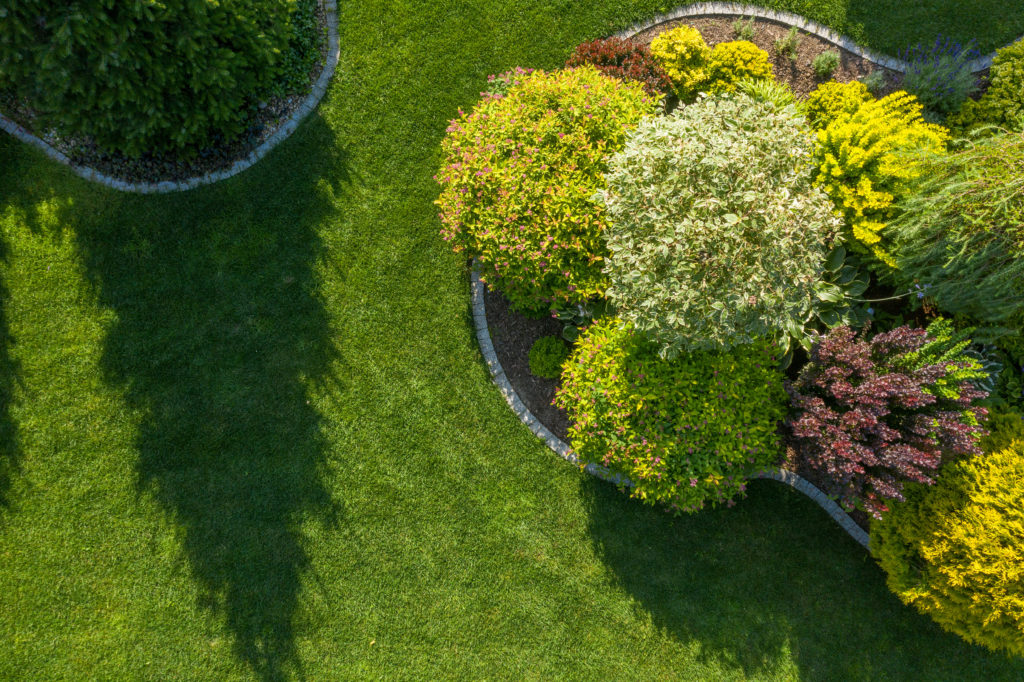
Help Your Trees Beat the Stress of Summer Heat
We all know how hot the summers can get around Macon and Warner Robins. It’s not hard to guess why the devil went down to Georgia- he felt right at home in the heat. Sure, we know how to stay safe and cool when the temperature is in the upper 90s, but your trees may need some help.
Trees need to absorb enough water in order to grow, which can be gallons a day. When a tree has the proper amount of water, it’s able to produce enough sugars to continue to grow. When water is in short supply, your trees will try to preserve water. Don’t let your trees fall victim to heat stress.
What is Heat Stress
Yes, trees can get overheated in summer temperatures. Heat stress happens when your trees are losing water faster than they can absorb it. Trees are very skilled at absorbing water, but there are certain conditions that prevent them from getting enough to thrive.
The majority of your tree’s water is absorbed by its roots. If the soil is too dry or if it hasn’t rained, lately your trees could end up suffering from heat stress. Wind can also play a role in water loss in trees. On windy days, the leaves can take a beating; being blown left and right. The wind will actually cause water to escape out of the tree’s leaves faster than on a calm day.
Symptoms of Heat Stress
In most cases, if trees are suffering from heat stress it can look like other common tree diseases. If you have any concerns with your trees, it’s best to call a professional to help determine what the underlying issue is.
A tree with heat stress will typically have wilted leaves. The more depleted trees become, the worse the wilt will get. The trees are trying to conserve every little bit of water present by making the leaves curl in on themselves. This will help reduce the amount of water that escapes from the leaves. As the heat stress gets worse, the branches and/or stems start to wilt or droop too.
Heat stress will affect the tree’s leaves more than just wilting or curling. The leaves will begin to look yellow in the interior or have rust-colored spots or bumps present. They can also look like they’ve been scorched because the heat is so much for the tree to handle. Since the tree isn’t healthy enough to replace the lost or damaged leaves, the tree can end up looking very thin and sparse.
How to Protect Your Trees from Heat Stress
It’s probably pretty obvious that proper watering can help a tree deal with heat stress. But do you know how to properly water your trees? Young and freshly planted trees need more water than established trees. The best way to saturate the soil and give your trees the water they need is with deep root watering.
Deep root watering involves heavily saturating the root system of your tree. The root system of a tree starts away from the base of the trunk and can extend out to the edge of the canopy. The entire area needs to be watered. To properly deep root water, you need a drip system, a soaker hose, or a regular garden hose with a low water flow. Allow the water to run for a while to make sure the soil is well hydrated.
Routine deep root watering is important in times of drought or high heat. It’s important to check your soil before watering to see how damp it is. Too much water can also hurt trees. Don’t drown the roots!
After watering, and once conditions return to normal, make sure to keep an eye on the trees that were affected by heat stress. If they don’t seem like they are perking up and returning to a healthy state, then something else may be going on.
If you’re concerned about the health of your trees or if a tree died from heat stress or other reasons, call Gray Brothers Tree Services today for a free consultation. With over 25 years of experience, Gray Brothers can help with everything from the removal of dead trees and stumps, to trimming and pruning. Let us help keep your property thriving.


